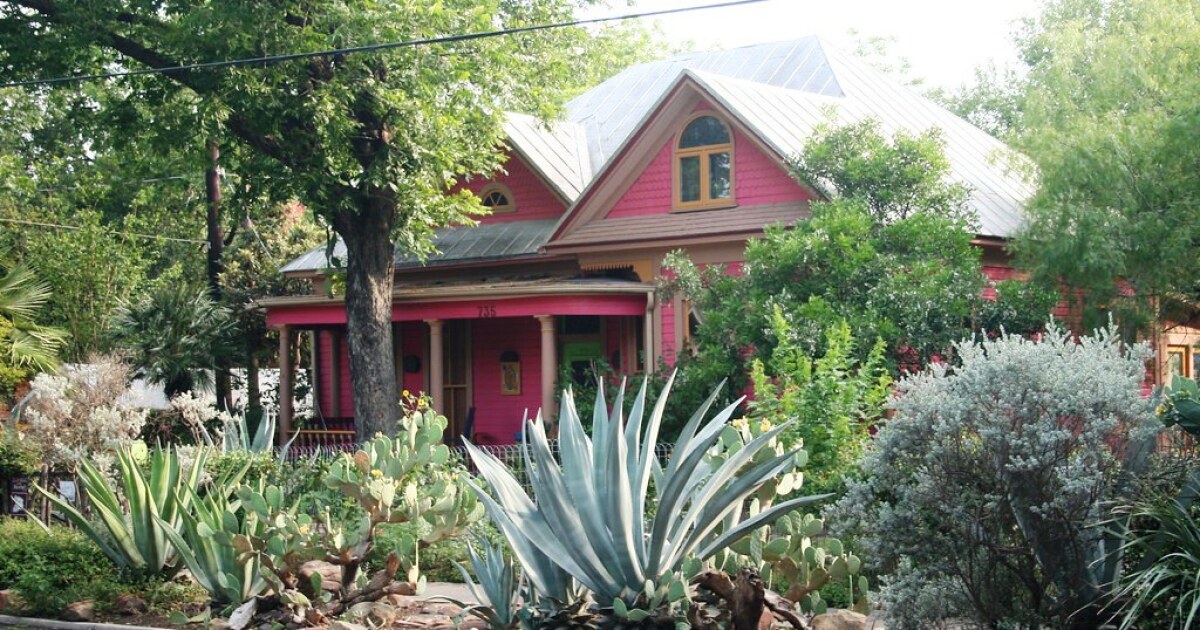Higher values for homes and properties in San Antonio could trigger a state law that requires Texas cities to lower the property tax rate if they generate too much money.
In 2019, lawmakers passed Senate Bill 2, which provides for a reduction in the property tax rate if property tax revenue increases by approximately 3.5% from the previous year. The cap was 8% before the entry into force of SB2. Although it’s too early to be certain, current projections show that the city of San Antonio could reduce its tax rate in 2023.
It will be several months before city leaders determine what rollback would be necessary, or if one is even needed. The city’s current property tax revenue is $410 million in the city’s general fund.
San Antonio has seen home values rise on the back of rising home sales at a time when the housing market is hot for sellers, with many buyers offering thousands of dollars above asking price.
Troy Elliott, San Antonio’s deputy chief financial officer, said home sales would drive up values.
“These sale values are going to increase the overall valuation on the residential side, and then as you value the surrounding homes, they will benefit,” he said.
In turn, this could push the city above its revenue cap.
“I think we’re going to see increases again like we did the year before, I think we’re going to see a recovery in the hospitality industry in the restaurant industry, so I think it’s likely that we could reach 3.5% or exceed so I think it is in the realm of possibility that we would have a reversal, ”he said.
The income cap only applies to existing homes and properties that were built in the previous year. Revenue from new construction does not count against the cap and may exceed the cap.
San Antonio accounts for about 22% of the average property tax bill. The rest is divided among other entities such as Bexar County, University Health, the San Antonio River Authority, and the school district in which a home is located, with school districts accounting for about half of the total tax bill. Any rate reduction would only affect the city portion of the tax bill.
Additional tax relief could come in the form of a higher exemption for owners. The city currently offers a 0.01% homestead exception, but under state law the minimum allowable exception must be at least $5,000. Under the $5,000 exemption, most homeowners save about $28 per year.
The exemption was pushed hard by District 10 Councilman Clayton Perry, who said he thought the city could offer more.
“Some towns are doing 20%, the max giving back to their owners, it’s all very complicated but for me, I think with our increasing property values and taxes every year, this town can afford to give back to our owners in this city through a homestead exemption,” he said.
Houston, Dallas and Fort Worth all offer 20% exemptions on family properties. If the city of San Antonio offered 5%, it would save most homeowners between $28 and $167 per year depending on the value of the home. But the city’s revenue would drop by $14 million.
District 3 council member Phyllis Viagran seemed reluctant to support a larger exemption for homesteads because of this potential loss.
“That’s the price of a fire station that we’re looking for in bond,” she said, referring to the $14 million revenue loss. “What we’re looking for is to give a 5% tax cut, then we’re giving up a fire station.”
District 2 Councilman Jalen McKee-Rodriguez said he would support a homestead exemption if there was an equity component that didn’t exacerbate the existing economic disparity.
“For example, would owners of a modest house receive less economic assistance than a resident of a more expensive house and is it possible to implement a property exemption that would be fair?” he asked city staff.
Elliott said there is no option other than a fixed percentage at this time. Deputy City Manager Jeff Coyle said State Senator José Menéndez had a bill that would have allowed such an issue in the 2021 legislative session, but it did not pass; however, the city would support a similar measure should it be introduced in the 2023 session.
The city’s $3.1 billion budget for 2022 was approved in September and began in October 2021.
Overall, in the first three months of its fiscal year, the City generated more revenue for its general fund than expected. From October to December last year, the city generated about $26 million in incremental revenue. About half came from sales tax and $8 million from CPS Energy. The rest of the higher income came from various sources such as EMS transport, river barges and vehicle auctions.












